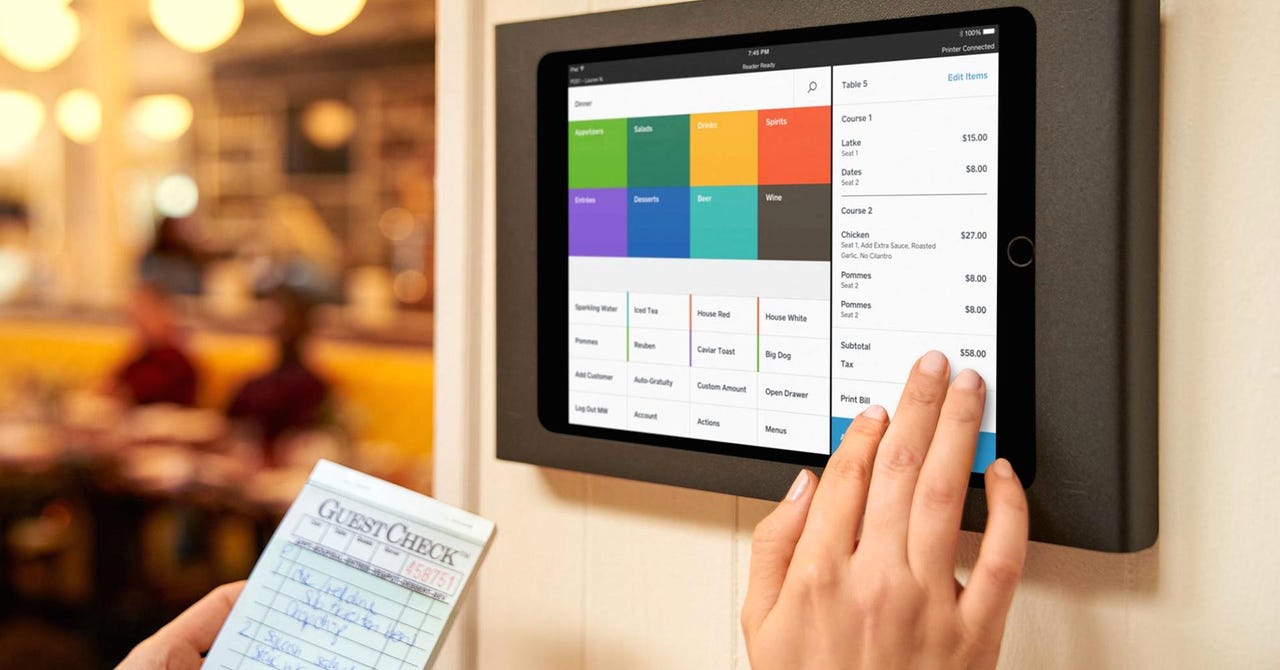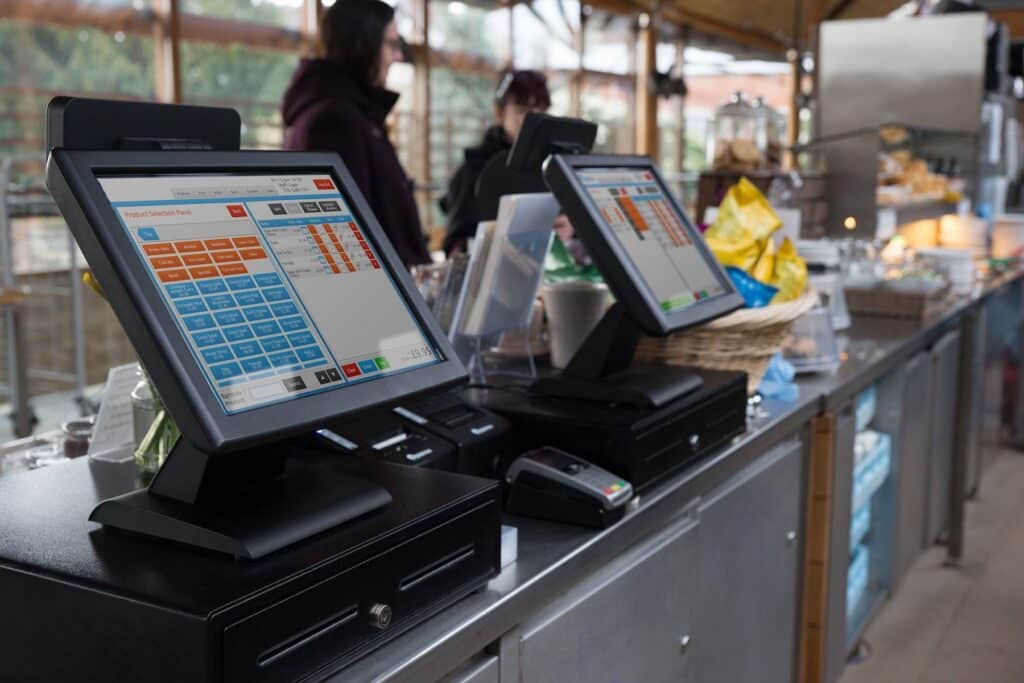Restaurant POS Software vs. pen-and-paper: Which wins?
How POS System Works: A Comprehensive Overview for Entrpreneurs
A POS system functions as an important device for modern organizations, incorporating various parts to improve procedures. It incorporates hardware like barcode scanners and software for sales tracking. This system not only processes deals but additionally takes care of inventory and evaluates customer behavior. Comprehending its performance can substantially influence a company's effectiveness and decision-making. What are the vital elements that contribute to this effectiveness? Checking out these elements uses beneficial understandings.
Understanding the Elements of a POS System
A Point of Sale (POS) system is made up of several vital components that function together to promote purchases and take care of service procedures. At its core, the equipment consists of gadgets such as a sales register, barcode scanner, receipt printer, and repayment incurable, all necessary for processing sales (Restaurant POS Software). The software application component takes care of supply, sales monitoring, and client data, providing important understandings for company decisions.Additionally, databases store deal records and consumer info, guaranteeing information stability and safety and security. Network connection allows real-time updates and access to cloud-based services, enhancing functional efficiency. Interface, developed for ease of usage, allow staff to browse the system swiftly, lessening training time. Together, these parts produce a cohesive system that simplifies the sales process, improves client service, and aids in reliable management of service sources. Recognizing these elements is vital for entrepreneur seeking to enhance their POS systems
Just How Sales Transactions Are Processed
When a client chooses to make a purchase, the sales deal initiates a collection of systematic actions within the POS system. The cashier inputs the things being purchased, which are scanned via a barcode visitor or manually gone into. This action fetches product information, including pricing and suitable tax obligations, from the system's database.Next, the consumer is presented with the overall quantity due. The POS system after that refines the payment, whether through cash, bank card, or mobile settlement methods. For electronic repayments, the POS safely communicates with payment processors to authorize and verify the transaction.Once the settlement is validated, the system generates a receipt, which can be published or sent out electronically. This invoice acts as evidence of purchase for the customer. The transaction data is videotaped in the system, ensuring accurate sales records and financial tracking for the company.
Stock Administration and Monitoring
Reliable supply monitoring and monitoring are essential components of a POS system, as they guarantee that companies maintain optimal stock levels and reduce inconsistencies. A durable POS system enables real-time stock updates, showing sales and returns instantly. This enables company proprietors to keep an eye on supply degrees accurately, guaranteeing that popular items are conveniently available while preventing overstocking of much less prominent products.Additionally, progressed POS systems supply attributes such as automated supply signals and reorder ideas, enhancing the procurement procedure. Barcoding and RFID technology boost accuracy in tracking supply motion, decreasing human error. Comprehensive reporting tools offer understandings right into supply turnover prices, assisting organizations make notified choices regarding acquiring and product offerings. Eventually, reliable inventory management with a POS system not just improves functional performance but also Click This Link improves consumer complete satisfaction by ensuring item availability.

Examining Consumer Data and Insights
Customer information evaluation works as a powerful device for companies making use of a POS system. By gathering and analyzing purchase information, companies can discover useful understandings concerning consumer habits and preferences. This evaluation allows them to determine purchasing fads, peak buying times, and prominent items, consequently notifying inventory decisions and marketing strategies.Additionally, companies can section their client base, enabling customized advertising initiatives that accommodate particular demographics or buying practices. Comprehending client commitment patterns likewise aids in establishing targeted promos and benefits programs.The data gleaned from a POS system can also disclose insights right into customer comments, enabling organizations to make informed choices concerning item offerings and service enhancements. Ultimately, leveraging client information efficiently check out here can boost the overall shopping experience, foster consumer contentment, and drive profits growth.
Benefits of Applying a POS System
Executing a POS system supplies various benefits that can significantly boost service procedures. To start with, it streamlines transaction processes, decreasing wait times and improving customer fulfillment. By automating sales procedures, services can decrease human error and guarantee accurate record-keeping. Furthermore, a POS system gives valuable information analytics, making it possible for proprietors to track sales trends and stock degrees in real-time. This understanding sustains informed decision-making, assisting to optimize supply administration and advertising strategies.Moreover, numerous POS systems integrate with other organization devices, such as accountancy software application, simplifying financial monitoring. Boosted worker monitoring features, such as tracking hours and performance, further contribute to operational efficiency.Lastly, the application of a POS system can cause raised earnings via improved consumer experiences and calculated insights, inevitably fostering service development and sustainability.
Regularly Asked Inquiries
What Types of Organizations Can Gain From a POS System?

Just how Much Does a POS System Usually Expense?
The cost of a POS system normally varies from a couple of hundred to several thousand bucks, depending upon functions, go to my site equipment, and software - Restaurant POS Software. Companies need to consider continuous charges for upkeep, assistance, and purchase handling when budgeting

Can I Incorporate a POS System With Existing Software?
Integrating a POS system with existing software is commonly feasible. Numerous systems supply APIs or integrated compatibility features, allowing companies to enhance procedures and enhance functionality by linking different software program applications properly.
What Training Is Required for Staff to Utilize a POS System?
Training for personnel to utilize a POS system commonly includes understanding software capabilities, refining deals, taking care of supply, and handling client communications - Restaurant POS Software. Practical demonstrations and hands-on method sessions boost proficiency and confidence in operation the system successfully
What Occurs if the Web Decreases While Utilizing a POS System?
If the web decreases during POS system usage, transactions might be disrupted. Several systems use offline capacities, enabling fundamental operations to proceed, however full functionality, including real-time inventory updates, will certainly be restricted.